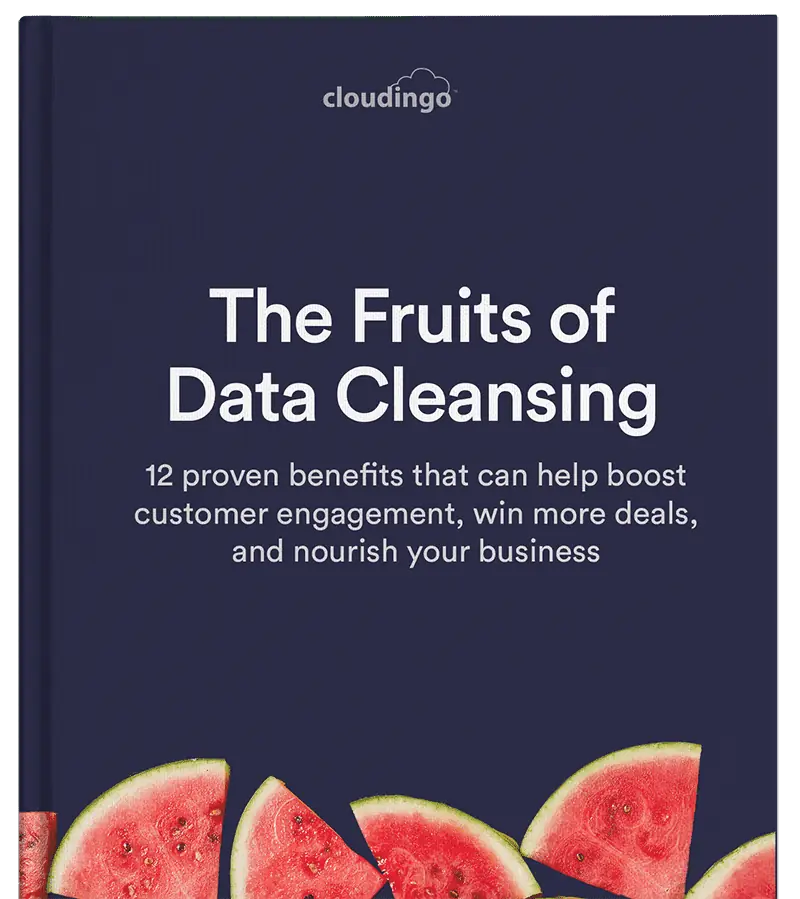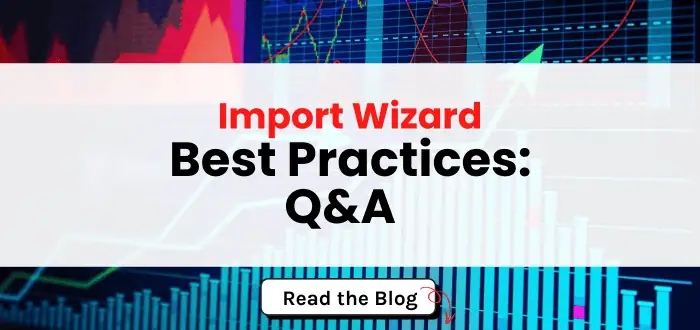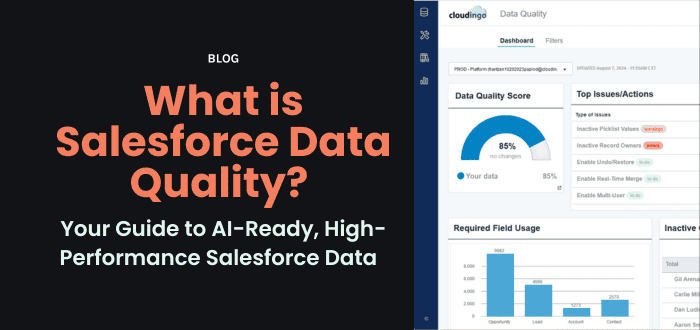July 3, 2023
How to Merge Duplicate Contacts in Salesforce
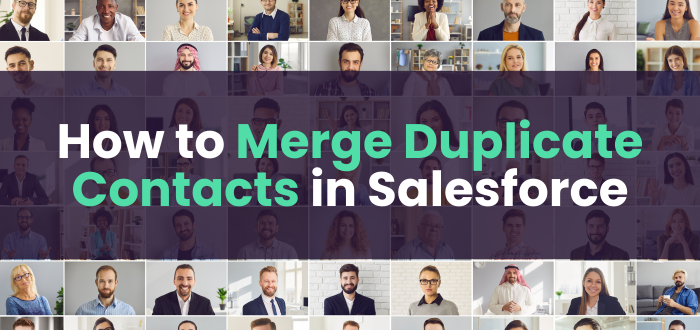
Managing contacts efficiently is vital for businesses of all sizes, and Salesforce offers a robust platform to streamline this process. However, duplicate contacts can be a common challenge, leading to data inconsistencies and hindered productivity. Thankfully, Salesforce integrates seamlessly with various third-party applications to enhance and support its limited built-in tools.
In this blog, we will explore the best practices and techniques for merging duplicate contacts in Salesforce, along with a focus on the power of leveraging third-party applications to optimize the process. Whether you are a Salesforce admin or a sales professional, understanding how to effectively merge duplicate contacts in Salesforce helps you maintain a clean and organized database, improve data integrity, and enhance your overall CRM experience.
Ways to merge contacts in Salesforce
There are multiple ways to merge contacts in Salesforce, providing flexibility based on your specific needs and the Salesforce edition you are using. Here are the different methods available:
Merge Contacts through the User Interface (UI):
With certain user permissions needed, Salesforce provides a built-in feature that allows users to manually merge contacts. In Salesforce Classic, in the contact related list of an account, click Merge Contacts. In Lightning Experience, pick a contact record and click View Duplicates to see if a duplicate exists. In both Salesforce instances, you’re only able to select up to 3 contacts to merge and the process is manual.
Merge Contacts using Data Import:
If you have a large number of duplicate contacts to merge, you can leverage the data import functionality in Salesforce. Manually export the contacts data, identify and remove duplicates in a spreadsheet, and then import the cleaned data back into Salesforce. During the import process, you can choose to merge duplicate records automatically based on specified matching criteria.
Third-Party Applications:
Salesforce integrates with various third-party applications that provide advanced merging capabilities. These applications often offer additional features such as automated duplicate identification, bulk merging, and more advanced matching algorithms.
Regardless of the method chosen, it is essential to carefully review and compare the information of the duplicate records before merging. This ensures that the resulting merged contact contains accurate and relevant data. Additionally, it is recommended to back up your data before performing any merging operations
Cloudingo can help simplify the merging process in Salesforce
Cloudingo, a powerful third-party application on the Salesforce AppExchange, offers a comprehensive solution to simplify and streamline the merging process in Salesforce. With its advanced features and intuitive interface, Cloudingo automatically searches your entire data set and builds a report from which you can merge all of the duplicates automatically. It provides customizable matching rules to find potential duplicates based on the criteria you define.
Cloudingo's intelligent algorithms analyze the data and present a clear overview of duplicate records, allowing users to review and select the most accurate and complete contact as the master record. Additionally, Cloudingo offers batch processing capabilities, enabling users to merge multiple contacts simultaneously, saving valuable time and effort.
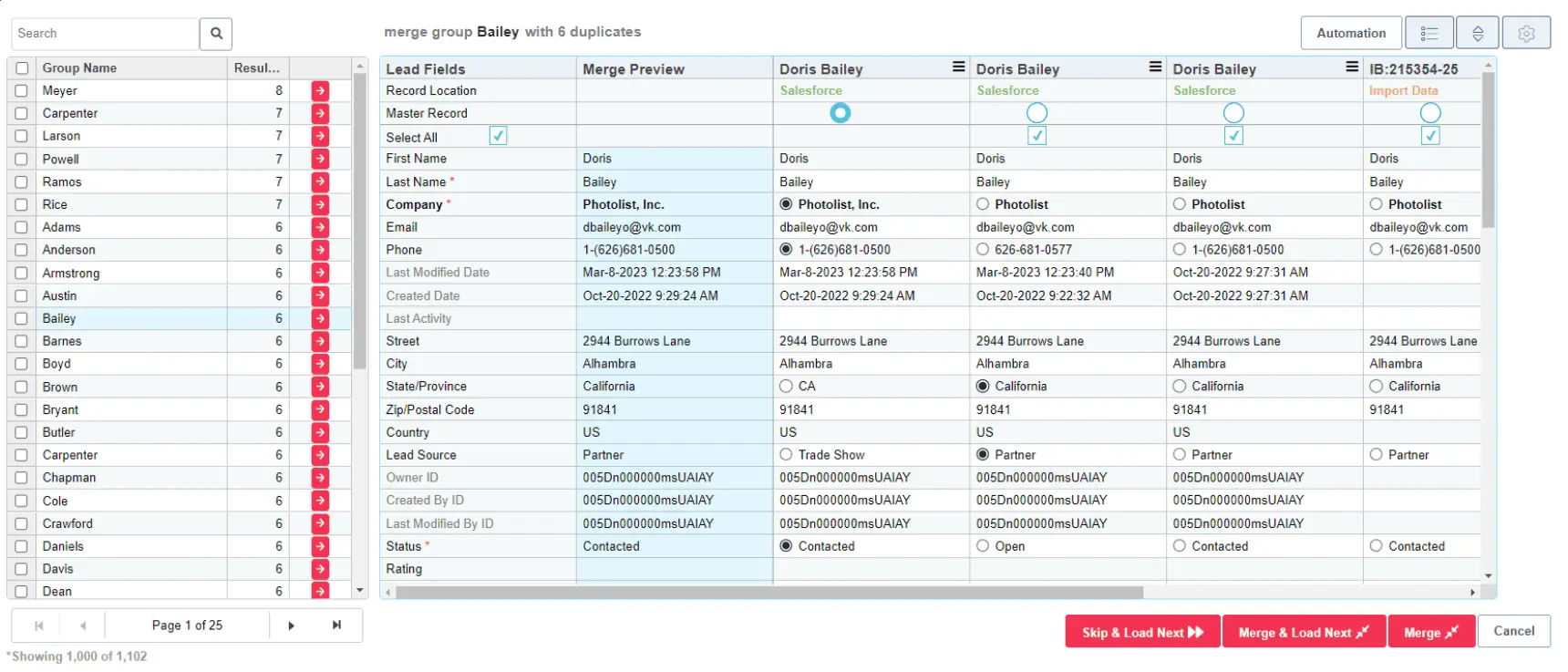
Cloudingo contact merging features:
Cloudingo offers three standard methods to merge duplicate records within the platform - Manual Merge, Mass Merge, and Automated Merge. Additionally, for enterprise license holders, there is an option for integration using Web Service API & Callback API.
Filters identify potential matches, and rules determine which record gets chosen as the master and which field values get chosen for merge. Defining the master and field rules is essential before any merging takes place. Cloudingo's rules are customizable based on specific business needs.
Manual Merge:
- It is recommended to start with the manual merge to better understand the process before running jobs in bulk. This provides a final chance to preview the results on the page before performing a merge and seeing the result in Salesforce.
- Records are displayed side by side and editing the master and field values selected is permitted.
- Merges are performed on one group of records at a time.
- Recommended for filters that have a low confidence level or for when just getting started with a new filter.
- Set up rules to pre-select the master and field selections automatically.
Moving to Mass Merge and Automated Merge:
- As things progress in the deduplication process, there will be some filters that can be safely merged in bulk using Mass Merge or Automated Merge.
- It is recommended to start with filters that have the tightest criteria and then loosen them up in new filters to find any additional matches that may need manual review.
- This will reduce the number of records that need to be reviewed manually.
- Mass Merge provides a preview of the results on the page and the merges can be performed on a maximum of one page of records at a time.
- Recommended for filters that have a high confidence level and for when there is only a page or so of duplicates to manage.
- Select specific groups of records and click a button to merge all selected groups.
- Set up rules to pre-select the master and field selections automatically.
Automated Merge:
- Recommended for filters with a high confidence level where record matches and master/field selections do not need to be reviewed manually.
- Recommended for filters that contain multiple pages of results.
- Merging will continue processing after the job is started. Users do not need to remain logged in.
- Define rules for Cloudingo and then run an auto-merge job on selected filters to merge all duplicate groups within the filter.
Note: Automated merge saves you valuable time to do other tasks while Cloudingo does the cleaning.
Web Service API & Callback API
For enterprise license holders, Cloudingo offers the option to integrate the platform with an enterprise system using the Web Service API & Callback API.
This feature finds and passes the incoming data through Cloudingo filters to identify duplicate matches in real-time and merges data, while also keeping multiple disconnected systems in sync and up-to-date.
With its robust functionality, Cloudingo empowers users to maintain a clean and organized contact database, enhance data integrity, and improve overall CRM efficiency. By leveraging Cloudingo's capabilities, businesses can optimize their contact management processes and achieve a higher level of data quality and accuracy in Salesforce.
Benefits of merging contacts
Merging contacts in Salesforce brings a multitude of benefits that contribute to efficient and effective contact management. Firstly, merging contacts helps maintain a clean and organized database. By eliminating duplicate records, it reduces clutter, improves data integrity, and ensures that users can easily access accurate and up-to-date information. Additionally, merging contacts enhances communication within the organization. When multiple duplicates are consolidated into a single contact, it eliminates confusion and ensures that all relevant parties have access to the same contact details. This fosters better collaboration and avoids the risk of reaching out to the wrong contact. Moreover, merging contacts optimizes CRM workflows and boosts productivity.
With a unified and consolidated contact record, sales, marketing, and support teams can access complete information, track activities, and analyze customer interactions more efficiently. This empowers them to deliver personalized and targeted experiences, resulting in improved customer satisfaction and increased sales.
In conclusion, merging contacts in Salesforce not only improves data quality but also enhances collaboration, productivity, and customer relationships, making it a valuable practice for any business leveraging the Salesforce platform.

